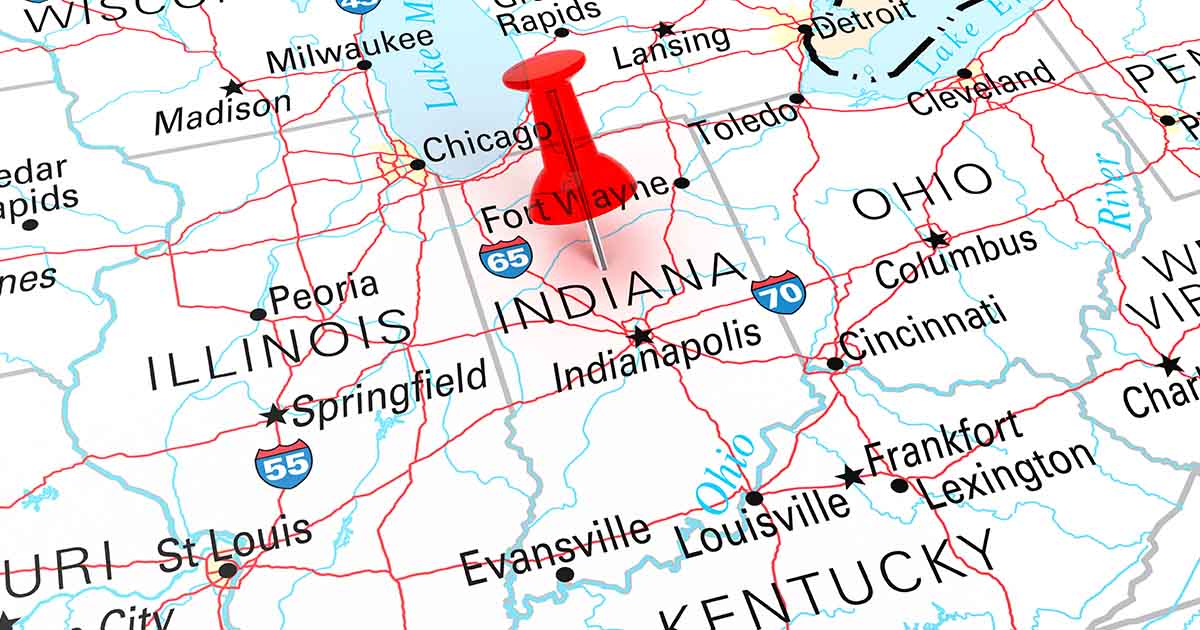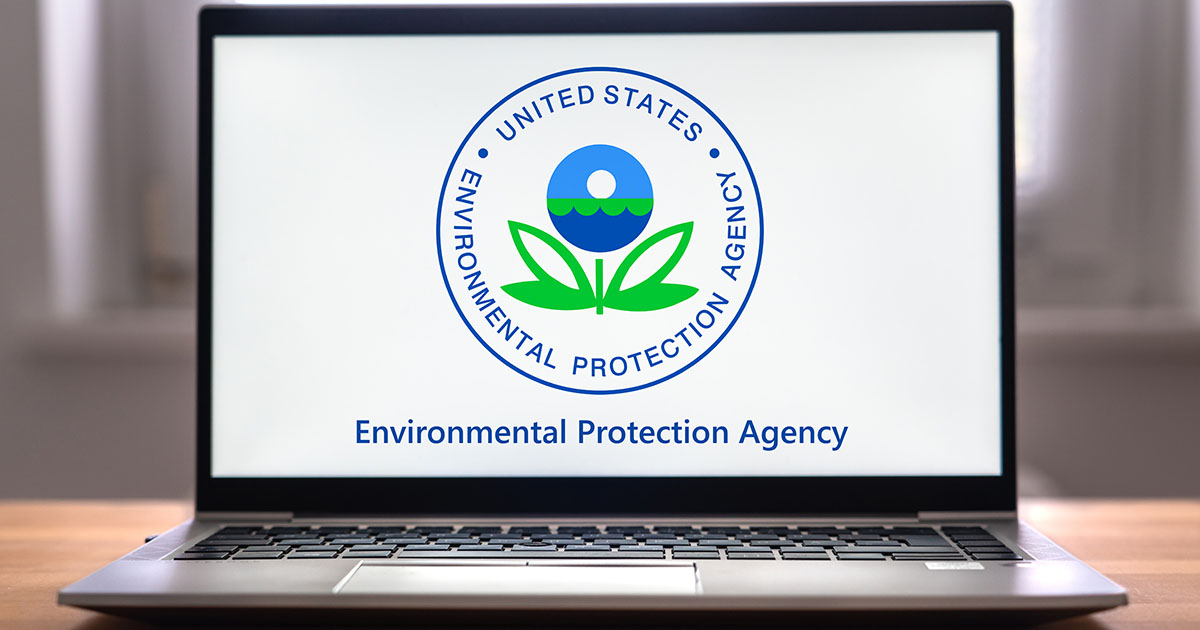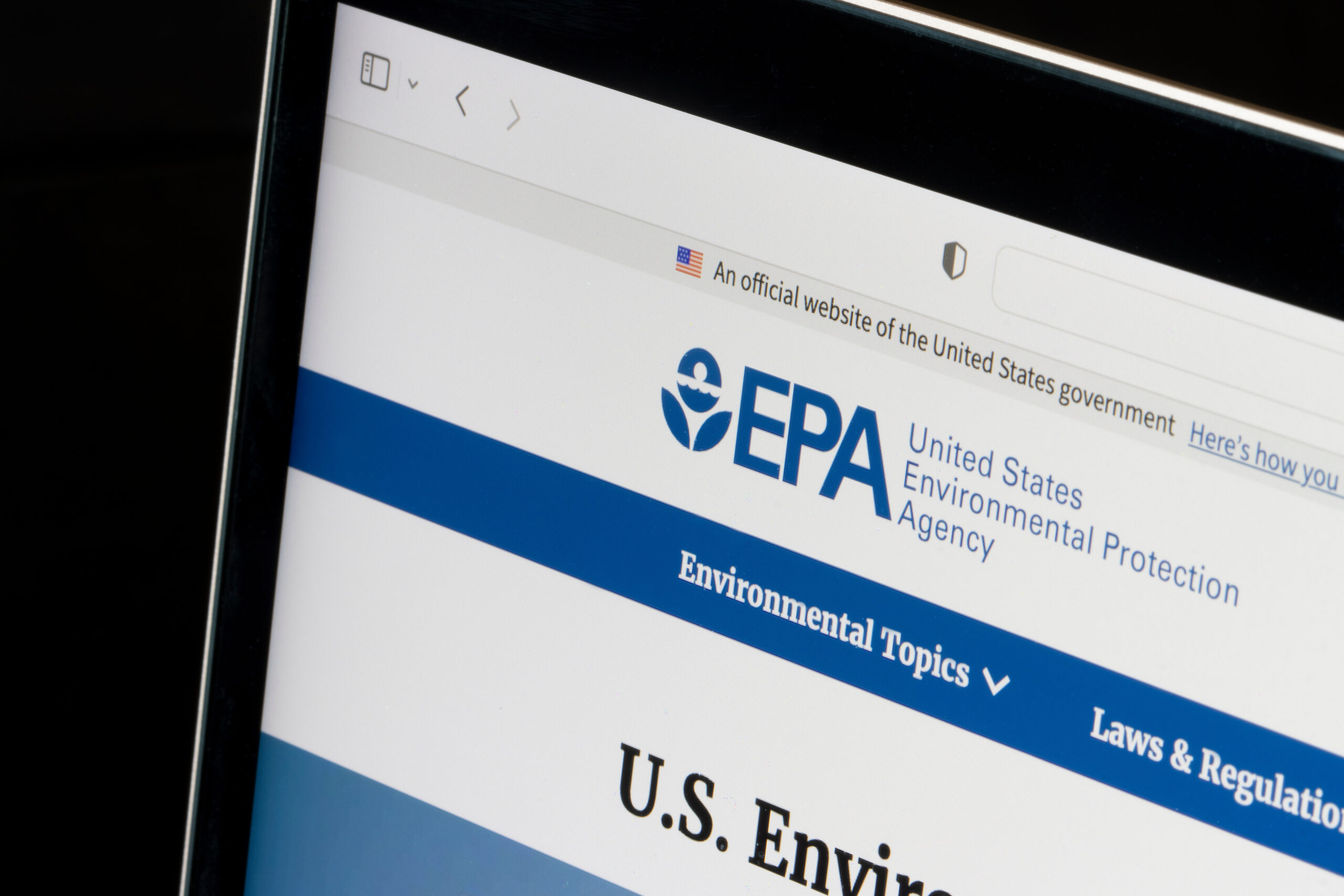When it comes to cleaning up a contaminated site, there aren’t that many methods simpler than just removing the soil. Unfortunately, that soil has to go somewhere, and that’s where excavation can get pricy. Moving PCE contaminated soil to a specialized or “hazardous” landfill can cost hundreds of thousands of dollars. EnviroForensics’ teams are employing some new technology out in the field that is expected to take a few zeroes off the bottom line. With the implementation of a few relatively new chemicals, soil that was once considered hazardous can be brought to a regular non-hazardous landfill.
Here’s how it works. Field engineers add a mixture of water and a chemical called PersulfOx (developed by Regenesis), a white powdery substance that actually destroys volatile organic compounds (VOCs) like PCE and TCE, to the impacted soil. The PersulfOx reduces the concentration of the VOCs in the soil. A few weeks later the EnviroForensics team returns to the site, tests the soil, then conducts another round of “Soil Mixing” as needed. Once the soil testing reaches safe levels (of PCE and/or TCE), it can be transported to a non-hazardous regular landfill. Quicklime is then mixed in to dry out the soil for transportation and to increase and buffer the soil pH.
The cost difference between sending the contaminated soil to a hazardous landfill (also known as a Subtitle D landfill) and a “regular” non-hazardous landfill is staggering. What typically costs upwards of $500 per ton, now costs just $70 a ton, when you treat the soil, and transport it to a regular landfill. The savings on this part of the cleanup alone should be enough to keep this as a viable remediation method moving forward.



